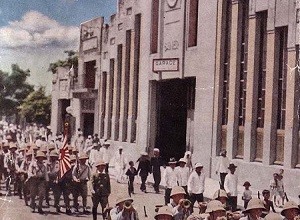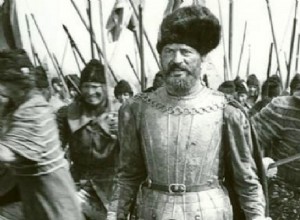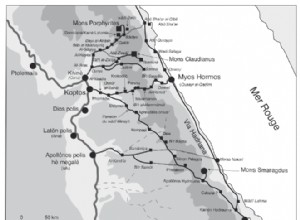The known history of viet nam, over 2000 years long already, is fertile in upheavals. The Chinese invasions and the long periods of domination they entailed, the struggle for emancipation and territorial expansion, internal rivalry, the difficult unification of the Three Kys (Tonkin, Annam, Cochinch




